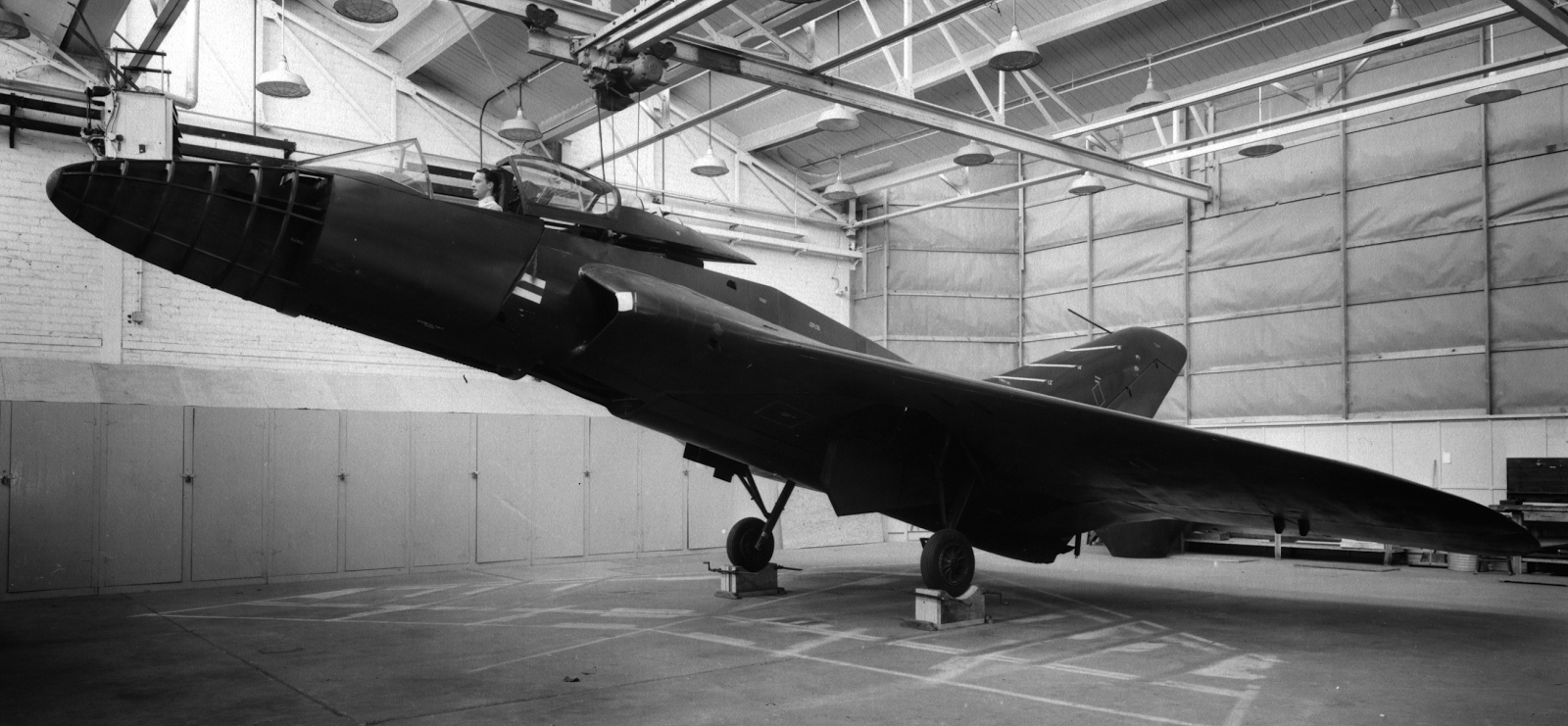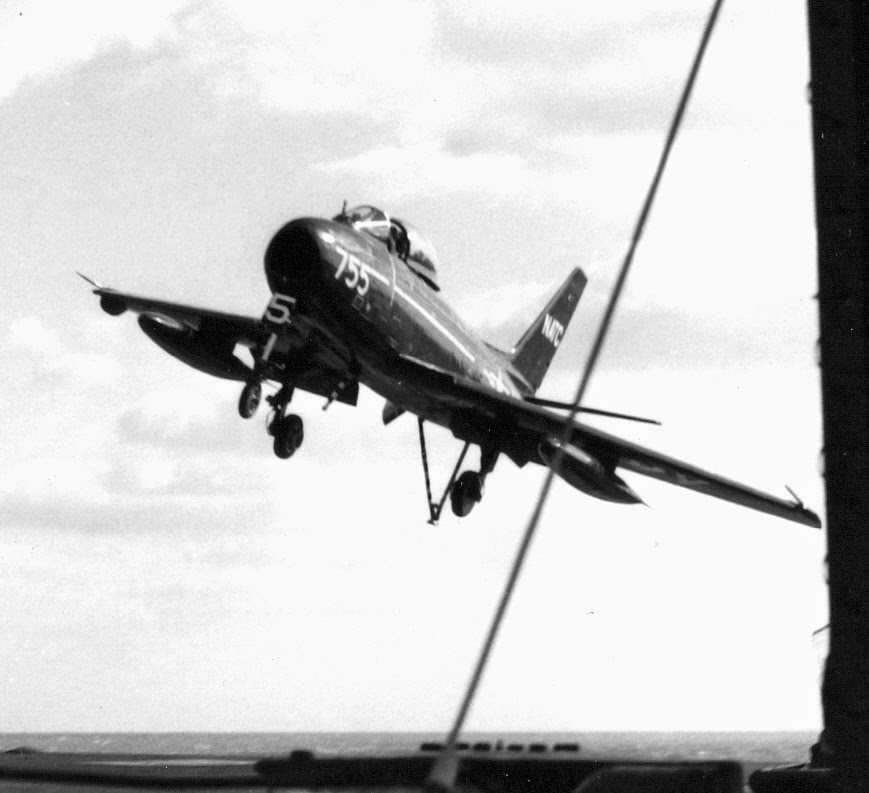One of the differences between a land-based airplane and a carrier-based one is the need for over-the-nose visibility down and to the left. In the beginning, it was to be able to see the Landing Signal Officer (LSO) on the approach until the cut or wave off.
Here, the LSO is either signaling high or wave off (for the signals, see http://thanlont.blogspot.com/2012/11/waving-them-aboard-lso.html
There was a more relaxed approach to the requirement when airplanes were pulled by propellers. Douglas stuck an antenna mast squarely in the pilot's line of sight to the LSO on the SBD.
When Vought moved the F4U Corsair's cockpit back in the production redesign, the loss of visibility was significant.
Pilots, however, coped by approaching the carrier in a turn, only straightening out when the LSO would stay in view.
Jets approached somewhat faster than propeller-driven fighters so a visibility requirement was instituted. It failed to take into account the extreme nose-high attitude required at slow speed by the F7U Cutlass, since it could not have flaps.
The lack of visibility was recognized early on.
Nevertheless, the Navy proceeded with at-sea trials, which were accomplished by using a side slip on a straight approach.
(The LSO is signaling high.)
As a result of the experience, a redesign of the F7U's cockpit and forward fuselage was required.
The first version was also deemed to be unacceptable, requiring another redesign of the cockpit, canopy, and radome before at-sea trials.
Douglas almost made the same mistake with its F4D but recognized it before beginning detail design. A quick and dirty modification of the mockup was evaluated.
When the Navy was forced by the delays in its fighter development programs to adapt the Air Force's F-86 to the carrier-based FJ-2 Fury, BuAer stipulated "that the angle of the approach sight line with the airplane in the static attitude not be less than 17 degrees below the horizontal with the seat in the full-up position." This required a redesign of the windscreen.
This change proved to be inadequate during the at-sea trials.
As a result, the windscreen was redesigned for production.
In addition, the interface between the sliding canopy and the fuselage was changed. The XFJ-2 used the same sliding canopy as the F-86.
For production, the first two feet of the canopy movement was angled upward, providing for a higher seat position that did not require the pilot to duck his head when the canopy opened and closed.
This change further improved over-the-nose visibility and was continued forward to the FJ-3.
Perhaps the ultimate in over-the-nose visibility in a carrier-based fighter was achieved by McDonnell with its F3H Demon.
By Tommy H. Thomason
Subscribe to:
Post Comments (Atom)




















No comments:
Post a Comment